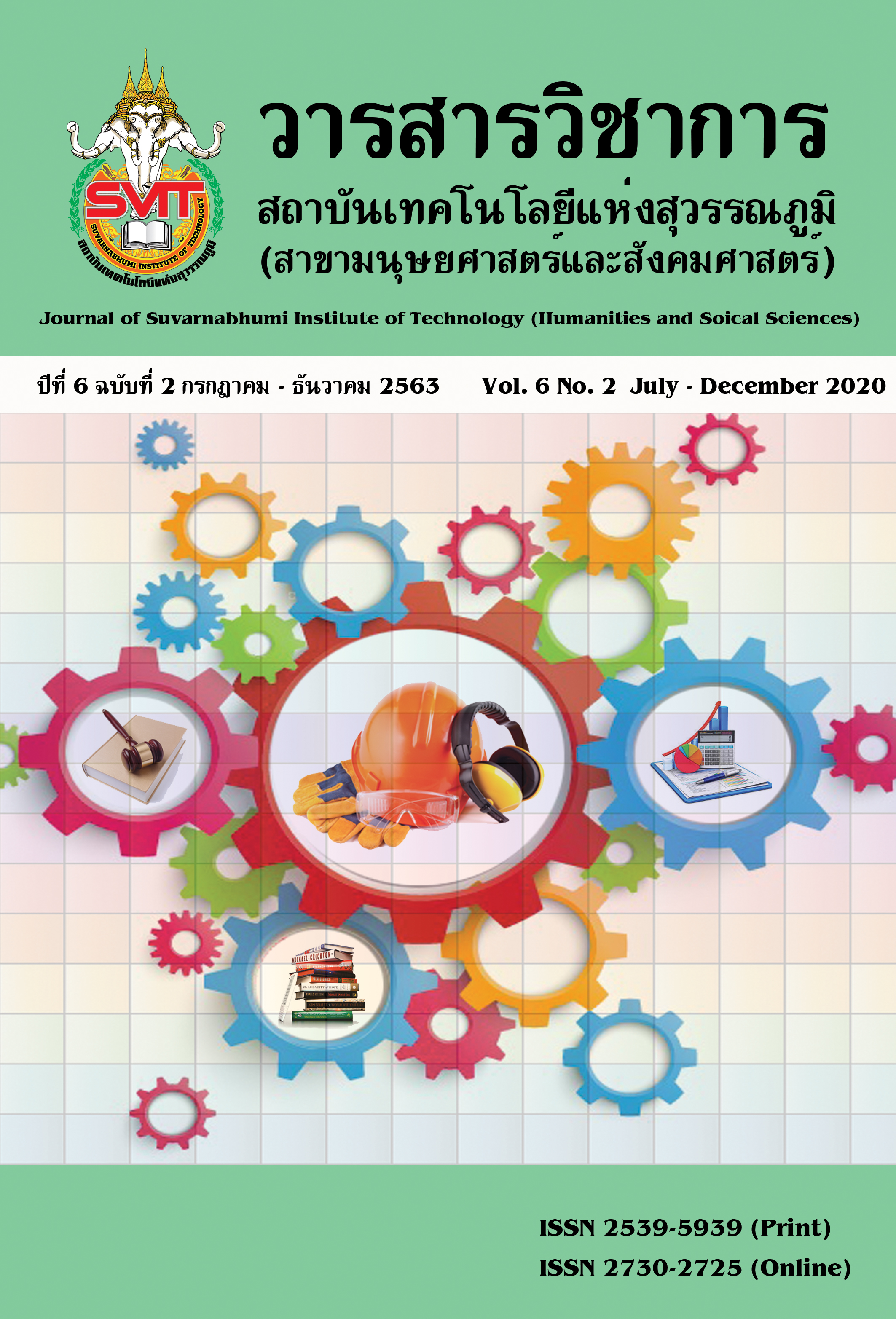GOOD GOVERNANCE AND SUSTAINABLE DEVELOPMENT CASE STUDY OF NAKAWA MUNICIPALITY KAMPALA DISTRICT-UGANDA
Keywords:
Good Governance, Sustainable DevelopmentAbstract
Good governance and sustainable development case study of Nakawa Municipality Kampala District-Uganda, The objective of this study to examine the relationship between good governance and sustainable development. The population consisted of 196,262 people. The sampling size was calculated by Taro Yamane’s formula. There were 400 participants used as a sampling group. Stratified random sampling is then employed to determine the number of participants in proportion to the number of people in each parish and were randomly selected by simple random sampling. A questionnaire was used as the research instrument in this study. The data analysis, to test the hypothesis by analyzing the relationship between good governance and sustainable development. A Pearson Product Moment Correlation was used at a significant level at 0.01.
The results revealed that there was a significant linear relationship between Good governance and Sustainable development. Good governance entails giving equal treatment to citizens, giving special attention to the vulnerable and disadvantaged including the minority groups, children and women. Furthermore, Good governance is the backbone of any country’s progress in all aspects with special regard to economic and social transformation means that development without considerations for Good governance is likely to be temporally. Sustainable development ensures peaceful co-existence, security and society cohesion of a country. If management team improves on Good governance then Sustainable development implementation will become easier and attainable. Bring about Nakawa municipality in general will be on the right path to sustainable peace, where the number of the people in extreme poverty will be tremendously reduced.
References
Best, J. W., & Kahn, J. V. (2014). Research in Education: Pearson New International Edition (10ed.). Essex, United Kingdom: Pearson education limited.
Ben-Eli, M. (2015). Sustainability: Definition and Five Core Principles, A New Framework. Re-trieved from www.sustainabilitylabs.org/assets/img/SL5CorePrinciples.pdf.
Chaleamphol Srihong. (1999). Research Methodology.n.p.
Clark. H (2012, march, 13th).The Importance of Governance for Sustainable Develpment: Remarks by Helen Clark, UNDP Administrator, on the occasion of the Singapore Lec-ture Series Institute of Southeast Asian Studies.
Flint, R. W. (2013). Basics of sustainable development. In Practice of Sustainable Community Development (pp. 25-54). Springer, New York, NY.
Godfrey, M., & Jun Yu, P. (2015). Patronage driven corruption undermining the fight against poverty in Uganda. African Social Science Review, 7(1), 4.
Kaufmann, D. (2005). Myths and realities of governance and corruption. Retrieved from https://mpra.ub.uni-muenchen.de/8089/1/MPRA_paper_8089.pdf
Lumu,D & Akampurira, D (2017,January 26th). Uganda ranks high in corruption The new vi-sion printing and publishing company LTD Uganda. Retrieved from https://www. newvision.co.ug/new_vision/news/1444897/uganda-ranks-corruption
Reniers, G. (2011). Participation as tyranny! Struggle for social control in rural uganda (Order No. MR79649). Available from ProQuest Dissertations & Theses Global. (881810265). Retrieved from https://search.proquest.com/docview/881810265?accountid=44783
Uganda Bureau of Statistics. (2017). The National Population and Housing Census 2014 Area Specific Profile Series, Kampala, Uganda. P.90. Retrieved from http://www.ubos.org/ onlinefiles/uploads/ubos/2014CensusProfiles/KAMPALA-KCCA. pdf.
Yamane, T. (1970). Statistics: an Introductory Analysis. (2nd ed.). Tokyo: John.
Downloads
Published
Issue
Section
License
บทความที่ได้รับการตีพิมพ์เป็นลิขสิทธิ์ของวารสารวิชาการ สถาบันเทคโนโลยีแห่งสุวรรณภูมิ
ข้อความที่ปรากฏในบทความแต่ละเรื่องในวารสารวิชาการเล่มนี้เป็นความคิดเห็นส่วนตัวของผู้เขียนแต่ละท่านไม่เกี่ยวข้องกับสถาบันเทคโนโลยีแห่งสุวรรณภูมิ และคณาจารย์ท่านอื่นๆในสถาบันฯ แต่อย่างใด ความรับผิดชอบองค์ประกอบทั้งหมดของบทความแต่ละเรื่องเป็นของผู้เขียนแต่ละท่าน หากมีความผิดพลาดใดๆ ผู้เขียนแต่ละท่านจะรับผิดชอบบทความของตนเองแต่ผู้เดียว





